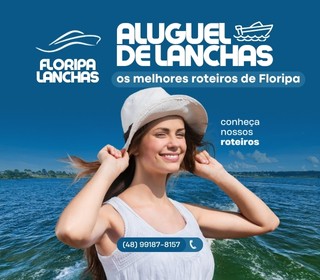One of the islands that form the Arvoredo Marine Biological Reserve, located 11 kilometers north of Santa Catarina Island, is an integral protection conservation unit that aims to protect an important part of the natural heritage of the Santa Catarina coast.
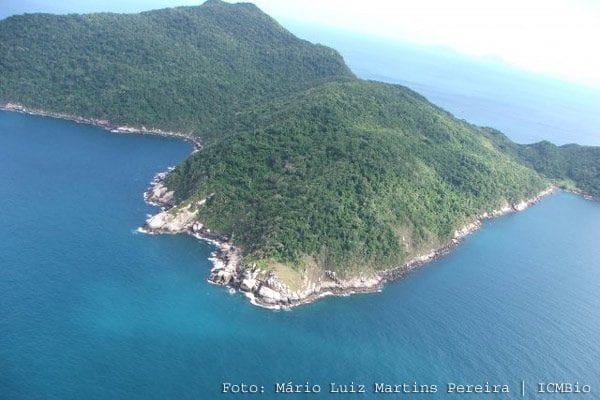
The islands that make up the Arvoredo Marine Biological Reserve have been a traditional destination for recreational diving in southern Brazil since the 1980s. As of 2000, the Reserve was closed to recreational diving by determination of the Law on the National System of Units of Conservation SNUC and the diving operators began to restrict their activities to the south of Ilha do Arvoredo, which is not part of the Biological Reserve. (Source: ICMBio website)
Arbor is important. It was and still is a natural shelter for navigators on the high seas. The island is large and high, and has bays with calm waters to protect from the strong winds that blow in the region. The north bay hides from the southeast wind, which scares in winter. Capim Bay, in the southwest, is sheltered from the northeast wind, which blows more in summer. When the weather gets threatening, all the boats that are in the vicinity point their bows towards Arvoredo. On bad weather days, the crews of the trawlers and boats have an appointment in its protected waters.
The lighthouse, with a range of 24 miles, serves as a compass. Arvoredo is a reference point for navigation in the southern seas.
ADVERTISING
biological frontier
One of the only two marine biological reserves in the country, despite the 8 thousand kilometers of Brazilian coast - the other is Atol das Rocas, in Rio Grande do Norte -, the Arvoredo reserve encompasses 17.800 hectares spread over the islands of Arvoredo, Galé and Deserta. , by the pebble (rock fragment) of São Pedro and by all the marine band that surrounds them.
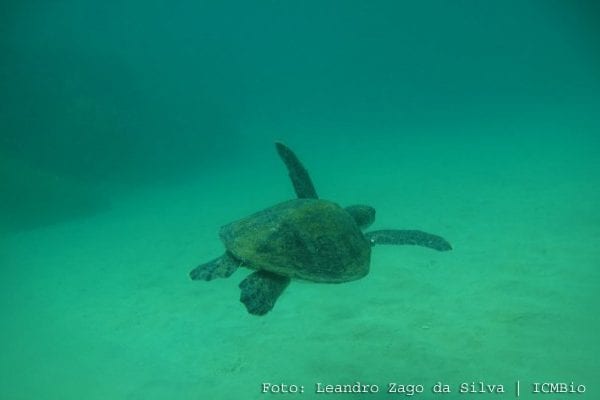
Grove has a special feature. It is a border between the Tropical and Subtropical regions, a climatic and biological crossroads. There, the Brazil Current, coming from the north, with clear and warm waters, meets the Falklands Current, with polar waters, transporting a large amount of nutrients. Because of this, tropical fish and specimens from the cold southern waters, such as penguins and whales, coexist and reproduce on site. The fauna is exuberant. Pink shrimp, squid or scallops, lobsters, octopus, groupers and hundreds of other species, some of them endangered. Without this natural breeding ground, groupers, for example, which take three years to define their sex and, therefore, to start breeding, would have their survival threatened in the region. Seabirds such as the tern or tern, the frigate, the booby and the gull live and have their young on the islands of the reserve, which also serve as a safe haven for migratory birds to rest. Penguins, turtles, whales and dolphins are other occasional visitors to the area, chosen for its tranquility and seclusion.
Rock inscriptions
In addition to the wealth of fauna, the reserve has other treasures. Ilha do Arvoredo preserves 270 hectares of Atlantic Forest. The gerivá coconut tree is the symbol of this local flora. In addition to the exuberant native forest, intriguing rock inscriptions populate the rocks of the islands' shores. known as itacoatiaras, they are unmistakable signs that prehistoric man visited the place, where he also left lithic workshops (places in the stones for the manufacture of tools) and archaeological sites of the sambaqui type (shell deposits, kitchen remains and skeletons).
For all these characteristics, Arvoredo is a special place for the region. In the early 80s, this ecological diversity inspired environmentalists to press for the creation of a protected area on the site.
ADVERTISING
the action of man
Since 1750, when the Azorean immigrants who colonized the coast of Santa Catarina discovered the fabulous fishiness of the local waters, fishing has been exploited locally in an artisanal or industrial way. In the last two decades, spearfishing and fishing on the coasts have also contributed to the drastic decline of large fish, crustaceans and molluscs of commercial interest. All this movement caused damage to the records left by the historical populations of the islands - some sambaquis were damaged by the construction of fishing sheds. Another aggression, the collection of eggs from breeding seabirds, has become common among visitors.
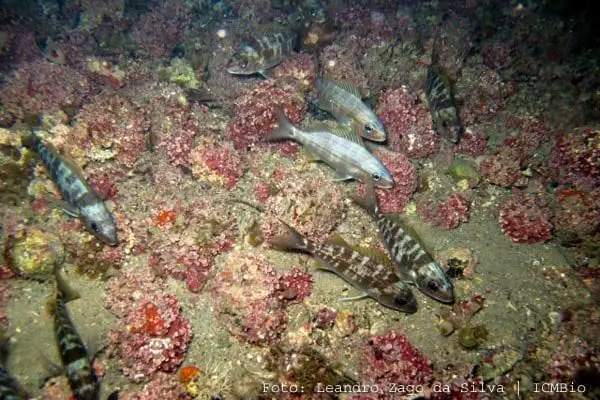
The creation of the reservation
The creation of the Arvoredo Marine Biological Reserve became a reality in March 1990, through decree 99.142. IBAMA chose this management category after evaluating in loco the increasing environmental damage to which the area was exposed. Reservation is the most restrictive environmental management category, which prevents unauthorized access to its area. The other categories are parks - in which the visit is regulated, but allowed -, APAs (areas of environmental preservation), RPPNs (private reserves of natural heritage) and other types with less restrictions. The choice for the reserve category is still contested by the surrounding population and diving operators.
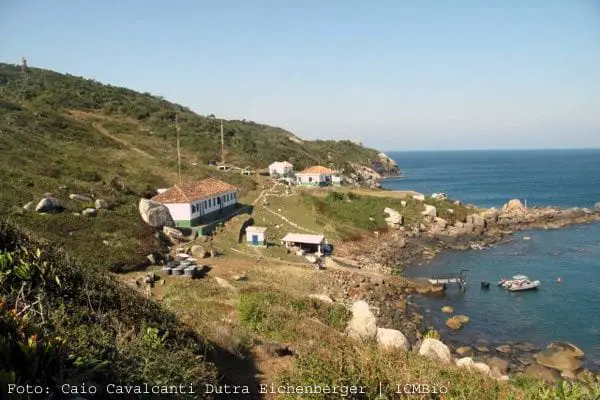
List of Endangered Species protected in this Conservation Unit, according to ICMBio:
Starfish - Asterina stellifera
Starfish - Astropecten brasiliensis
Starfish - Astropecten marginatus
Loggerhead Turtle - Caretta caretta
Tube anemone - Cerianthomorphe brasiliensis
Green Turtle - Chelonia mydas
Starfish - Coscinasterias tenuispina
Neon - Elacatinus figaro
Satellite hedgehog - Eucidaris tribuloides
Right whale - Eubalaena australis
Hawksbill Turtle - Eretmochelys imbricata
Sea cucumber - Isostichopus badionotus
Olive turtle - Lepidochelys olivacea
Pudding - Mustelus schmitti
Minyocerus angustus
Starfish - Narcissia trigonaria
Sea Urchin - Paracentrotus gaimardi
Starfish - Oreaster reticulatus
Porpoise - Pontoporia blainvillei
Black Shearwater - Procellaria aequinoctialis
Yellow-nosed Albatross - Thalassarche chlororhynchos
White-browed Albatross - Thalassarche melanophris
Database
These projects were only possible thanks to a precious base - a detailed database that Ibama started to assemble in December 1994 and which is currently an international reference. Through it, it is possible to access, by computer, each of the 458 specimens, among fauna and flora, present in the reserve. The register reveals whether they are residents of the area or are migrating there, whether they are subject to extinction, their eating habits and predators. A physical description of the species, with the right to a color photograph, completes the form. Not to mention the maps and illustrations about the region.
Through the database, it is possible to know in detail all the human activities that take place in the area - fishing, diving, disembarkation on the islands (which is prohibited), transit to other places and tours. Even the depth at which each type of fishing takes place or the percentage of tailings (unused fish) are known to the researchers.
ADVERTISING
exemplary work
This collection is the result of arduous months of vigil at sea and on the islands, of many hours of diving, conversations with the fishermen and also of an oceanographic cruise carried out aboard the Facimar research vessel Diadorim, in addition to exhaustive bibliographic research.
The monitors registered 336 vessels that passed through the reserve, classifying them according to the number of crew members, origin, owner, gear (type of accessories used for fishing or diving) and type of fish. The effort was worth it. In addition to making fishermen aware of the importance of the reserve for the repopulation of marine species in the region, oceanographers ended up developing a pioneering project for monitoring and processing data in conservation units in the country.
See more information about Arvoredo Marine Biological Reserve on the ICMBio website.
Living Water Diving
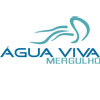
We offer all scuba diving courses, from basic to instructor, by the PADI certifier. We also offer diving trips for those accredited by any accreditation body, baptisms for those who have never dived and tours. People with disabilities can also dive with us, as we are the only dive company in the state of SC with a fully adapted vessel and instructors trained by the HSA. ... [See more]
Aquanaut Floripa
Operating with excellence in NAUI quality and safety for 16 years! We offer diving all year for accredited and for those who have never dived. Board in comfort at the pier in Canasvieiras bound for Ilha do Arvoredo. Meet our team and structure, Vessels, Equipment, Courses and Store.
South Wind Tourism
A wooden sailboat, 65 feet (21 meters), for up to 45 people in complete comfort and safety. Connection with nature and respect for the environment. The best option for a quiet walk in Floripa. Exclusively for small groups. Covered command. Probe, GPS, navigator and ambient sound. Table and barbecue on the aft deck. Full kitchen and refrigerator. Complete equipment for free and autonomous diving. Baptism with dive master. What


